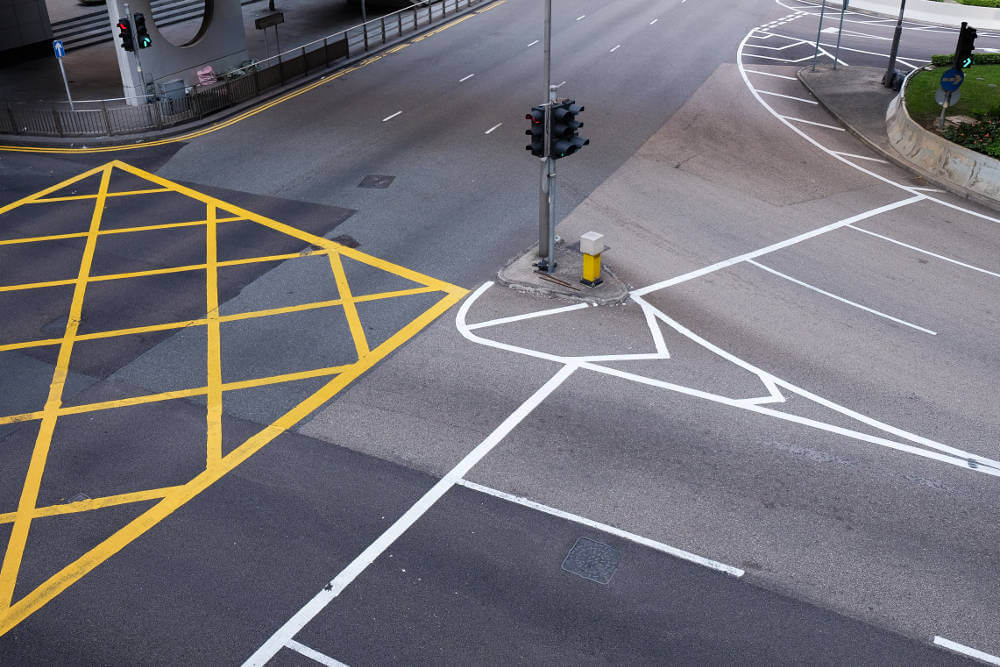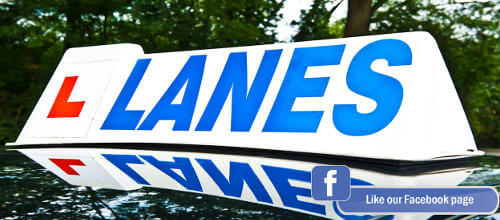
It is a question that comes up often during driving lessons and not just from new drivers but also from those who ask for a reminder of some of the rules. We thought we would run a quick refresher this month, covering two important elements of driving that are particularly applicable in urban areas: box junctions and dealing with slow-moving traffic.
Box junctions
Box junctions are found at cross-roads, often ones that are signalised. They are also frequently found at roundabouts and in front of fire and ambulance stations to allow emergency vehicles quick and easy exit even when traffic is heavy. They are box-shaped, covered in criss-crossing lines coloured with bright yellow paint. The rules regarding when to enter a box junctions are simple and straightforward:
- DO NOT enter until the road ahead or your exit from the box junction is clear. This means waiting until traffic ahead starts to move off giving enough space for your car to move and be clear of the box junction on the other side.
- DO enter if you have a green light and intend to turn right but are prevented from doing so by oncoming traffic or other vehicles waiting to turn as well.
- DO NOT enter box junctions at roundabouts unless you can completely cross them without stopping. Stopping within the box will lead to traffic being blocked on the entire roundabout.
It is worth keeping in mind that box junctions are often monitored by CCTV cameras and penalty charge notices are issued for drivers who block them.
Slow-moving traffic
This is often related to box junctions as slow-moving traffic can lead to being stuck in one without realising. As soon as you realise that traffic is starting to move more slowly you should adjust your own driving accordingly. In particular, you should:
- Reduce the distance from the car in front of you to allow traffic to keep flowing rather than end up being stop-start. As you are moving at slower speeds the distance between vehicles does not need to be as great as it normally would.
- While the distance can be smaller, you must still leave enough space to be able to stop safely.
- Allow yourself enough space to move out of the way of emergency vehicles, should they need to get past you, or to get around any broken-down vehicles in front of you.
- Don’t block junctions and side roads, this will only add to the congestion and slow you down even more.
- Keep an eye out for cyclists and motorcycles which may be overtaking on either side to avoid traffic and other obstacles on the road.
In other words, keep a close eye on what is going on around you. If the vehicle directly in front of you is not blocking your view, then it is a good idea to look beyond it and be aware of what traffic further ahead is doing. This could help you be more prepared for any sudden changes that the vehicle in front may make if they are only focusing on the vehicle in front of them and could be the difference between a collision and safe stop.
For more information on these and any other Highway Code rules you may want a refresher on our Lanes School of Driving instructors are here to help – just call us on 020 8166 5678. We have over 100 years of experience keeping drivers safe on the road and we want to make sure you are safe too.

